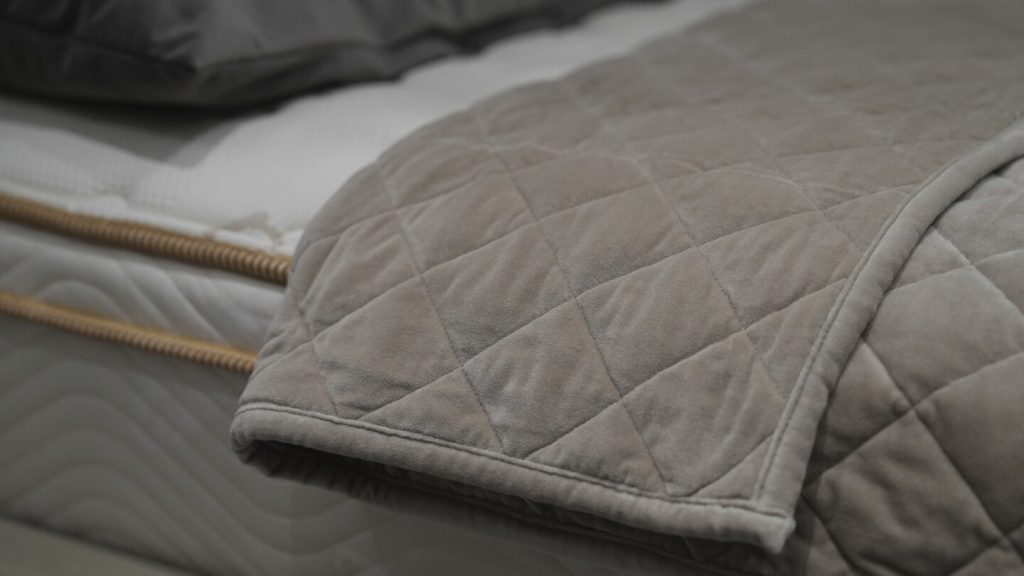Weighted blankets, filled with materials like glass beads, pellets, or cotton, have gained popularity as a comforting sleep aid, particularly during colder months. The feeling of being embraced by a weighted blanket is often described as a “big hug,” offering a sense of security and relaxation that promotes sleep. While anecdotal evidence abounds, scientific research on their effectiveness remains limited, leaving much about their mechanism of action unexplained.
One prevailing theory suggests that the deep pressure touch provided by weighted blankets calms the nervous system by reducing the fight-or-flight response. This physiological calming effect signals to the body that it is in a safe and secure environment, conducive to sleep. Another hypothesis proposes that the pressure stimulates the release of oxytocin, often referred to as the “love hormone.” This hormone, associated with bonding and cuddling, has been shown to reduce anxiety and promote relaxation, potentially explaining the calming effects reported by users.
Choosing the right weight is crucial for maximizing the benefits of a weighted blanket. Experts recommend selecting a blanket that is approximately 10% of your body weight. For instance, a 150-pound individual would ideally choose a 15-pound blanket. However, this is a general guideline, and individual preferences may vary. Crucially, weighted blankets are not recommended for babies or toddlers due to the risk of hindering movement and breathing. Individuals with sleep apnea, other sleep-related disorders, or respiratory problems should consult a doctor before using a weighted blanket. Furthermore, the added warmth of a weighted blanket might make them unsuitable for use during warmer months. Finally, the cost of these blankets, ranging from $50 to over $300, is a factor to consider.
While some users find weighted blankets beneficial for relaxation while watching television or enjoying leisurely activities, others, like freelance writer Lucy Taylor, specifically utilize them to manage anxiety-induced insomnia during the winter months. The connection between physical relaxation and mental tranquility appears to be a key element in the perceived effectiveness of these blankets, helping to quiet the mind and induce sleep.
The scientific community is still exploring the efficacy of weighted blankets. Existing studies, often conducted on small sample sizes, have yielded mixed results. Research primarily focuses on specific populations, such as individuals with chronic sleep problems, mental health conditions, or developmental disorders, rather than the average sleeper.
Some studies offer promising, though not definitive, evidence of the benefits of weighted blankets. A study of 120 insomnia sufferers indicated improved sleep quality with weighted blankets compared to lighter blankets. However, a study involving 67 children with autism found no significant impact on sleep duration, although both children and parents expressed a preference for the weighted blankets. Another study of 94 adults with chronic pain showed that heavier weighted blankets didn’t improve sleep but were more effective in pain reduction compared to lighter ones.
Despite the lack of conclusive scientific evidence, many sleep experts, including Dr. Daniel Barone of Weill Cornell Medicine, consider weighted blankets a safe and potentially beneficial option for those struggling with sleep, particularly after traditional therapies and medications have been explored. While their efficacy remains a subject of ongoing research, the absence of significant risks and the potential for positive effects make them a worthwhile consideration for individuals seeking non-pharmacological sleep solutions. The anecdotal evidence and preliminary studies suggest that weighted blankets could offer a comforting and accessible aid for those seeking to improve their sleep quality and manage anxiety.

